A systematic safety tyre check incorporates checking tyre tread depth. We believe this is most important action to take in ensuring your safety, and the safety of your passengers. You should check this regularly, every 14 days to 30 days, particularly before a road trip or long drive.
Tread depth is the measurement from the highest point of the tyres rubber, vertical to the deepest groove of the rubber. This can be measured with a ruler or object such as a coin, however we recommend you measure this with a tyre tread depth gauge. Your tread depth should be at least 3mm and will need replacing immediately if they are beyond 3mm although the legal minimum is 1.6mm. New tyres start with a tread depth of 9mm-8mm.
All passenger vehicles have multiple tread wear indicators. These horizontal indicators that wrap around your tyre and wear level when your tread depth is at 1.6mm, below the recommended depth of 3mm-4mm. These are an effective indication of your tread depth without a gauge.
We suggest every time or second time you refuel your vehicle, you check your PSI and tread depth. As an air pressure hose is available at most petrol stations, it could become a good habit to check, potentially lifesaving. While you may be inflating your tyres, you could also check your tread wear indicators and further check with a gauge if you have concerns.
So, what happens if you don’t routinely monitor your tread depth?
Your vehicle becomes unsafe to drive and unsafe for the passing cars. Brake times are extended and you may loose control of the car, especially in the wet weather when you are exposed to a heightened possibility of aquaplaning.
Our second-hand tyres have around 80%-90% tread in comparison to new tyres, ensuring they are safe and will have a long product life. If you are unsure about tread depth, you should come and visit us for a free tyre check. Read more on tyre tread depth here.
Tyre Inflation Gold Coast
Tyre Inflation Gold Coast: Knowledge of tyres should be common knowledge and is of high importance for all in a situation where you must change a tyre or simply just do a regular tyre check. However, many of our customers have a surface level understanding of tyre components. Tyre inflation directly influences tyre performance and should be checked habitually. We invite you to come in and ask as many questions and we can provide further explanations on your service.
Tyre Inflation and Tyre Pressure
Tyre inflation is something that should be monitored by the vehicle owner. Cars Guide have a great webpage so you can check the required tyre pressure of your make and model. You can also find this in your vehicle’s handbook. But let’s start with the basics first. You must check your tyre pressure (commonly known as PSI) regularly otherwise your car may be extremely unsafe to drive. Neglect may influence steering response, economy and durability. Maintaining your tyres ensures even tyre wear, grip and handling, comfort and directional stability.
To check your tyre pressure you will simply need a pressure gauge. Check tyre pressure while the tyre is cold. Checking after you have just been driving will result in a false reading. You can also check this at petrol stations or come in store for a free pressure reading. Tyres can be inflated at home with a pressure pump or at a petrol station with an air hose at no cost until they reach the recommended PSI. You should check your air pressure every 14 days or a maximum of a month.
Nitrogen tyre inflation is associated with racing cars, heavy vehicles and aircraft. This service can be done at your local tyre shop, Bud’s Tyres. Nitrogen paired with passenger tyres increases tyre life and fuel economy, require less maintenance (pressure checks) and increased tyre performance.
Contact Info
Opening Hours
Mon - Fri: 8:00 AM - 5:00 PM
Saturday: 8:00 AM - 1:00 PM
